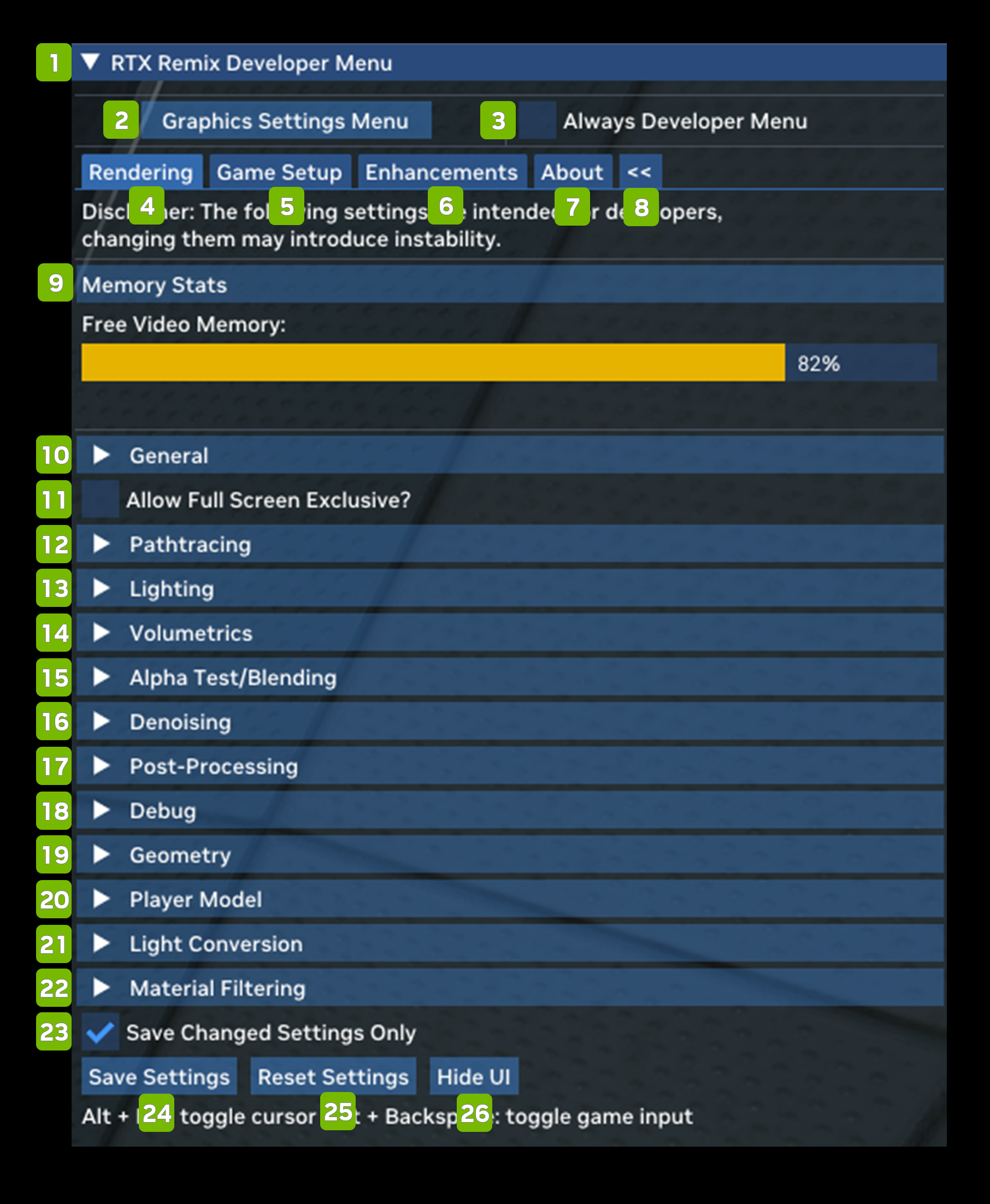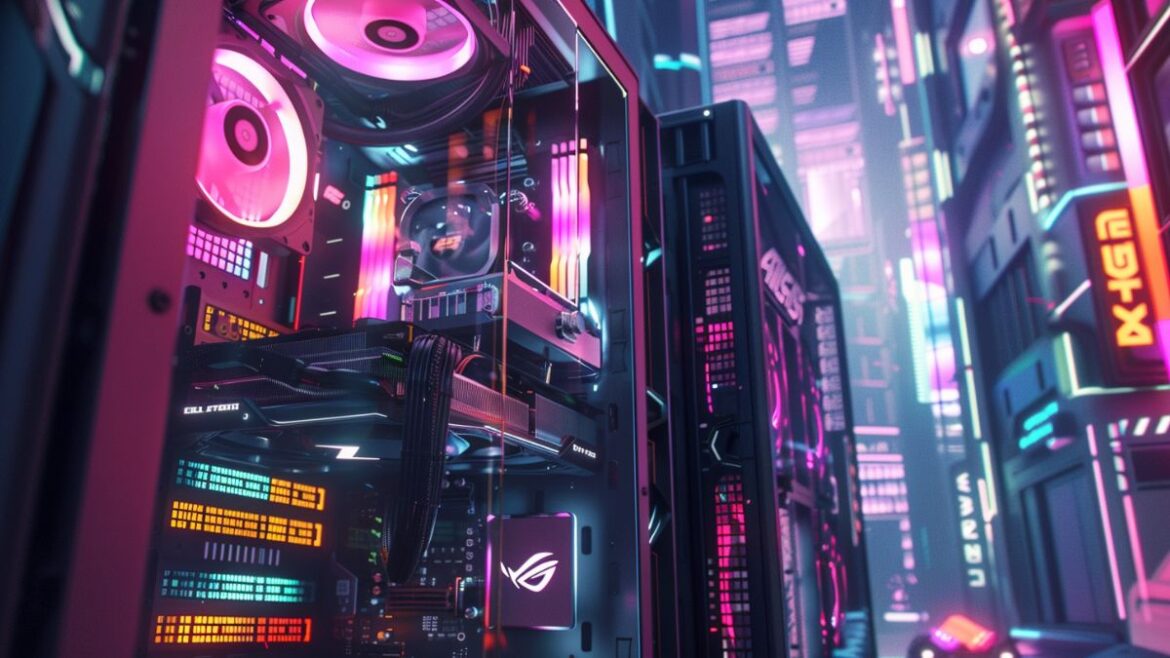Today, you will learn how to easily access the RTX menu on your device. By following a few simple steps, you will unlock a world of possibilities and customization options that will enhance your overall user experience. With just a few clicks, you’ll be able to navigate through the RTX menu effortlessly and take full advantage of the features it has to offer. Let’s dive in and discover how to access the RTX menu in no time! How do I open the RTX menu?

Checking Your System’s Compatibility
Before diving into how to access the RTX menu, it’s important to make sure that your computer is equipped with an RTX graphics card. The RTX menu is specific to NVIDIA RTX GPUs, so if you have a different graphics card, this functionality may not be available to you. To check if you have an RTX GPU, you can right-click on your desktop, select “NVIDIA Control Panel,” and navigate to the “System Information” tab to view detailed information about your graphics card.
Understanding the Importance of the RTX Menu
The RTX menu allows you to fine-tune various settings of your RTX graphics card, including adjusting levels of ray tracing, optimizing performance for specific games, and monitoring GPU usage. By accessing the RTX menu and making necessary adjustments, you can enhance the visual quality of your games and ensure that your GPU is operating at its full potential.
Step-by-Step Guide to Accessing the RTX Menu
Now that you’ve confirmed you have an RTX graphics card and understand the significance of the RTX menu, let’s dive into how you can access it. Follow these simple steps to open the RTX menu on your computer:
- Right-click on your desktop to open the context menu.
- From the drop-down menu, select “NVIDIA Control Panel” to launch the control panel interface.
- In the NVIDIA Control Panel, navigate to the “3D Settings” category located on the left side of the window.
- Under “3D Settings,” click on “Manage 3D settings” to access a menu that allows you to configure various graphics card settings.
- Look for the “Ray Tracing” settings within the “Manage 3D settings” menu to access specific options related to ray tracing technology supported by RTX GPUs.
By following these steps, you should be able to access the RTX menu and begin customizing your graphics card settings to suit your preferences and performance needs.
Related:
Is GTX 1650 Better Than RTX 3050?
Exploring the RTX Menu Options
Once you’ve successfully accessed the RTX menu, you’ll be greeted with a variety of options and settings that you can adjust to enhance your gaming experience. Let’s delve into some of the key features and functions available within the RTX menu:
Ray Tracing Settings
Ray tracing is a cutting-edge technology that simulates the behaviour of light in a virtual environment, resulting in realistic lighting, shadows, and reflections in games. Within the RTX menu, you can fine-tune the level of ray tracing effects applied to games, adjusting parameters such as ray tracing quality, reflections, and shadows to achieve the desired visual fidelity while maintaining smooth performance.
Game-specific Optimization
The RTX menu also includes features that allow you to optimize your graphics card settings for specific games. By selecting a game from the list of installed titles, you can apply pre-configured settings tailored to that game’s requirements, ensuring optimal performance and visual quality without the need for manual adjustments.
Performance Monitoring
Monitoring your GPU’s performance is crucial for ensuring that your system is running smoothly and efficiently. The RTX menu offers real-time monitoring tools that allow you to track GPU usage, temperature, and clock speeds, providing valuable insights into the performance of your graphics card while gaming.
System Tweaking
In addition to game-specific optimizations, the RTX menu enables you to tweak various system settings to maximize the performance of your RTX graphics card. From adjusting power management settings to configuring multi-display setups, the RTX menu offers a comprehensive set of tools for customizing your system to meet your gaming needs.
By exploring these options within the RTX menu, you can unlock the full potential of your RTX graphics card and elevate your gaming experience to new heights.
Troubleshooting Common RTX Menu Issues
While accessing the RTX menu is a straightforward process, you may encounter issues along the way that prevent you from making the most of its features. Here are some common problems that users face when trying to access the RTX menu and how you can troubleshoot them:
RTX Menu Not Appearing in NVIDIA Control Panel
If you do not see the RTX menu or specific RTX settings within the NVIDIA Control Panel, it may indicate that your graphics card drivers are outdated or incorrectly installed. To resolve this issue, you can try updating your graphics card drivers through the NVIDIA GeForce Experience software or by downloading the latest drivers from the official NVIDIA website.
Error Messages When Accessing RTX Menu
If you encounter error messages or prompts when trying to access the RTX menu, it could be due to compatibility issues with your system configuration or conflicting software. In such cases, it’s recommended to perform a clean installation of your graphics card drivers, ensuring that no conflicting programs are interfering with the RTX menu functionality.
Limited Functionality in the RTX Menu
If you find that certain features or settings within the RTX menu are unavailable or greyed out, it may be due to restrictions imposed by the game you are playing or the system configuration. To address this issue, you can try updating the game to the latest version, adjusting in-game settings, or checking for any driver updates that may unlock additional functionality in the RTX menu.
By troubleshooting these common RTX menu issues, you can ensure that you have full access to all the features and settings offered by your RTX graphics card, optimizing your gaming experience and performance.
Accessing the RTX menu is a pivotal step in maximizing the performance and visual quality of your RTX graphics card. By following the step-by-step guide outlined in this article and exploring the various options available within the RTX menu, you can fine-tune your graphics card settings to meet your gaming preferences and achieve optimal performance. If you encounter any issues when accessing the RTX menu, refer to the troubleshooting tips provided to resolve common problems and ensure a smooth experience. Unlock the power of your RTX graphics card today by accessing the RTX menu and unleashing its full potential in your favourite games.
